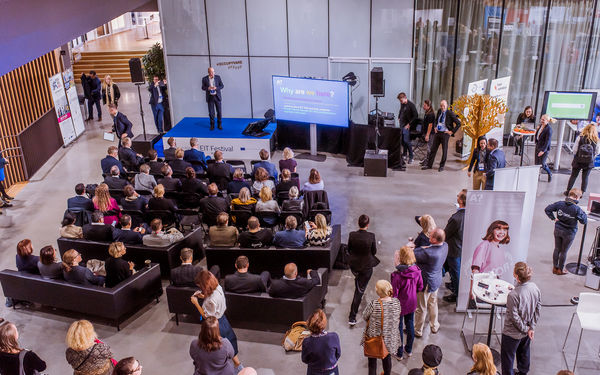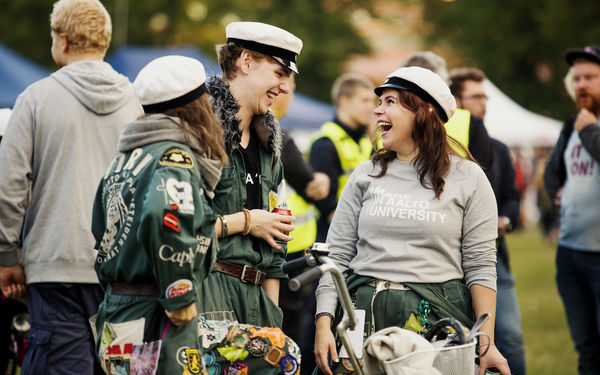Events Library
Events Library compiles all information you need for creating an event.
In this article, we offer a few tips to help you plan event photography and control the results. Furthermore, we share a short downloadable checklist that anyone can use while getting ready for photographing their own event.
Both an organizer and a photographer should know the basics of the event venue. Planning together helps to minimize certain risks, and to avoid misunderstandings and poor results in photography the organizer receives at the end. These tips have been useful for us and hopefully, they will help you, too.
People
The number of people in the event can vary from very few participants to a few hundred or even thousands of people. The challenge here is to focus on important personas or internal meetings while keeping in mind the bigger picture and the atmosphere of the whole event itself. Besides that, speakers always appreciate their own portraits presenting in front of a busy audience. Likewise, facilitators will be happy to see photos of themselves during a co-creative session with participants. Finally, team members would love to see themselves working together (this acts as a “thank you” for their participation, too). Moreover, people that have significant importance in the community or special guests should be captured together in relevant surroundings, engaged and happy.
The main question to ask: who to photograph?
Location
Every event has a schedule, and indeed, it can be very handy to plan the photography around it. The size of the venue and the event complexity (when many things are happening at the same time), secondary locations like entrances or backstage -- all these are the potential places for a photographer to be present and working. Also, the staff room is one of the essential locations for a longer event and a secure spot where photographers can, for example, recharge their batteries and download their photos. Keep the schedule ready for a photographer and help them to plan their timing around it.
The main question to ask: how many activities in various locations should a photographer need to photograph at the same time?
Future use of the photos
Why do we photograph the event? What we will need those photos for? It is great if organizers have answers to those questions even before a photographer asks them. Media coverage, personal archives, reporting, advertising for future events and activities, helping participants to remember the momentum -- all of these can be very valuable reasons for having a photographer at the event. Talk about this beforehand and make sure you're on the same page about the copyright for the images, delivering RAW files, and the deadline for receiving a photo set from the photographer.
The main question to ask: how will photos be used in the future?



Events Library compiles all information you need for creating an event.

Financial support for your multidisciplinary event at Aalto.

Photography services to promote and popularise Aalto research.